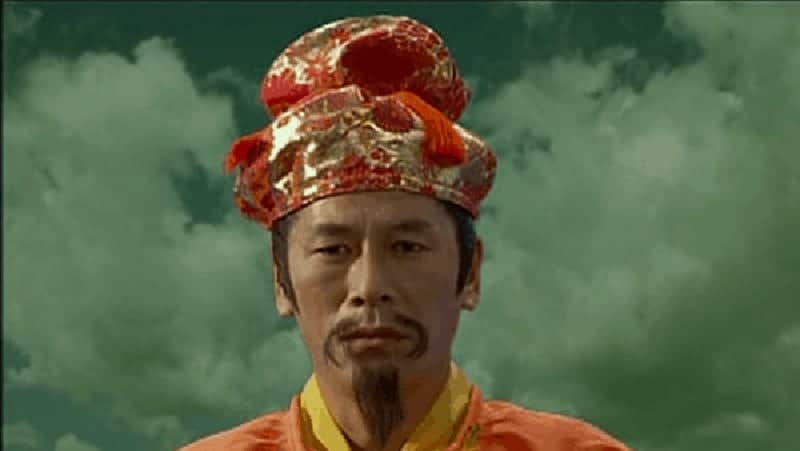“New Tokyo Decadence: The Slave” marked the sixth directorial effort of filmmaker Osamu Sato. Having been in the role of assistant director for just over a decade, the industry veteran helmed his debut pink film in 2002 and has since gone on to be credited for 12 features in total. “The Slave” would mark one of his best achievements, with the movie being named the 9th best pink film of 2007. Seedy and uncomfortable, the project takes a dive into the extreme world of S&M.
New Tokyo Decadence: The Slave is available from Pink Eiga
By Using the code AMPFriend, you get a 25% price-off on all products of the website including subscription
In her high school years, Rinako (Rinako Hirasawa) discovers that she's a masochist. With little regard for her future, the young woman explores her newfound sexual pleasures before landing a typical office job. However, it isn't long before she finds out that her boss (Kikujiro Honda) is a sadist, and he promptly asks her to become his slave. The two embark on an increasingly intense sexual affair, but complications soon lead to Rinako questioning the direction of her life.
Rinako narrates the story from start to finish, and through her perspective, we get a better idea of the inner conflict regarding her masochist tendencies. There are moments, albeit fleeting, in the first two acts where the young office worker questions her life choices and wonders whether she's taking the right path. These doubts soon pass, though, as she continues to embark on the twistedly perfect relationship she develops with her sadistic boss. Nevertheless, such instances do lead you to question Rinako's happiness, and you cannot help but feel a level of sympathy for her as she's continuously degraded.
![Poster image New Tokyo Decadence - The Slave [DOWNLOAD TO OWN]](https://d2ervyhd1q7irk.cloudfront.net/img/p/3/2/0/4/3204-cover_large.jpg)
The most interesting turn in the movie comes when Rinako temporarily gives up her life of pleasure to settle into a more ‘socially acceptable' existence. Her struggles with maintaining this change, though, are indicative of the troubles people generally have when giving up vices, whatever they may be. Is Sato arguing that we should opt for a path of personal pleasure over one more traditional? Are we to judge or praise Rinako for choosing this extreme lifestyle? The message from screenwriter Akira Fukuhara is an intentionally ambiguous one, making the film far more pondersome than one might expect.
As far as softcore porn goes, Osamu Sato pushes the boundaries about as much as he can with some of the sex scenes in “The Slave”. Rinako and her boss' intense relationship sees the woman tied up, burnt with wax, and subjected to many other forms of sexual humiliation. Keeping within pink film tradition, Sato manages to cover over the more explicit imagery through some clever camerawork and well setup scenarios. The director's blocking and use of space, in particular, allow him to push the genre to its limits.

The project is made all the more interesting given the fact that it is allegedly based on lead actor Rinako Hirasawa's own experiences. The former adult video star was awarded a best actress accolade for her performance in the feature, which seems justifiable given the physical stress of the role. Even for a pink film, the S&M angle means that Hirasawa is often relegated to uncomfortable and notably constrained positions, making her performance all the more impressive.
Opposite Hirasawa is seasoned pink film actor Kikujiro Honda, who takes on the role of her domineering master. Even when not degrading his latest slave, Honda manages to remain an intimidating and controlling figure through an almost eerie presence. The actor brings even more to the performance, however, with the character taking a path that sees him return in the latter stages as an almost entirely different person.
If anything is sure to linger in the minds of those watching “New Tokyo Decadence: The Slave”, it's likely to be the humiliating sex scenes around which the movie is built. However, Sato's tricky camerawork, an ambiguous moral stance, and some striking imagery elevate the project considerably.















